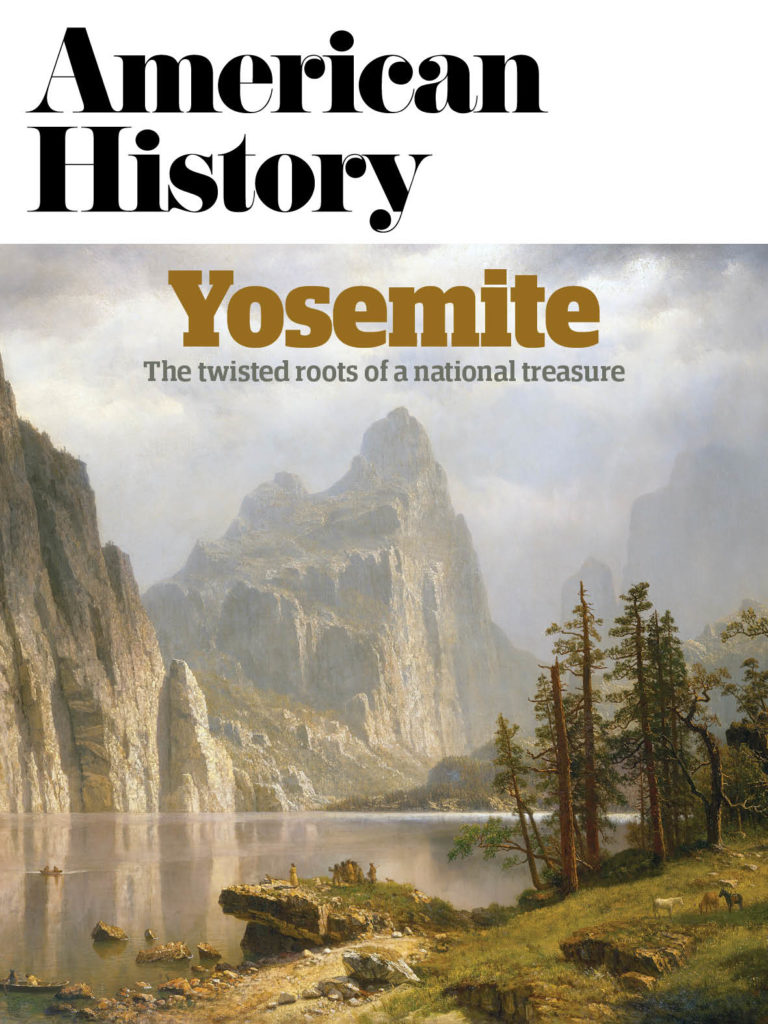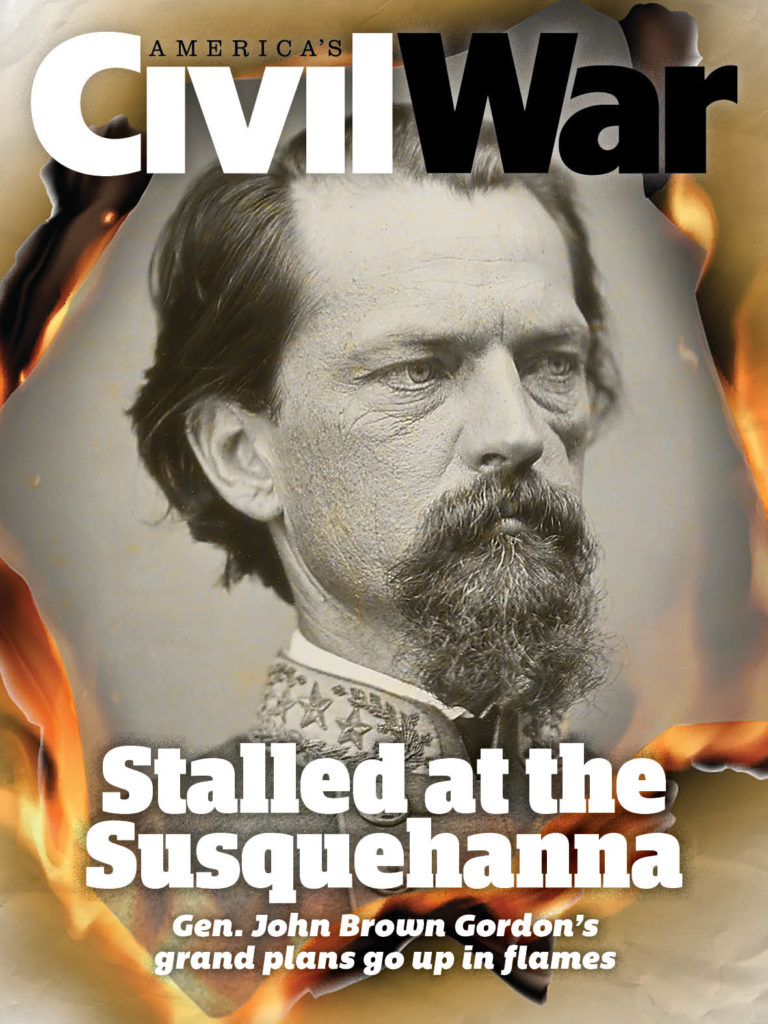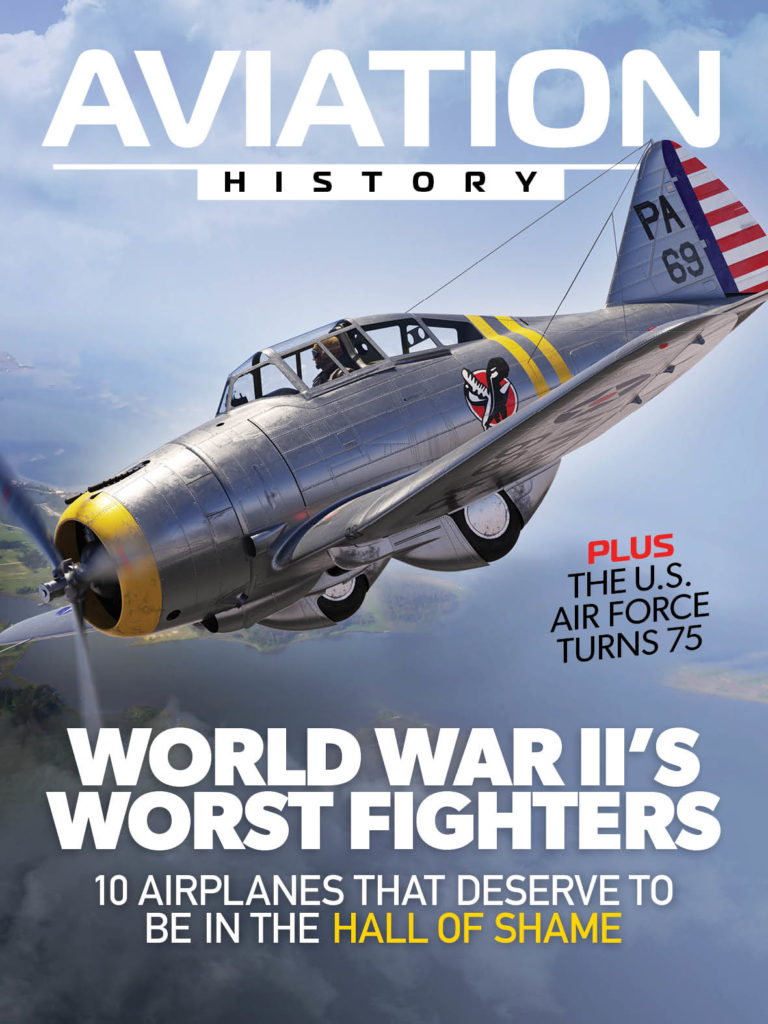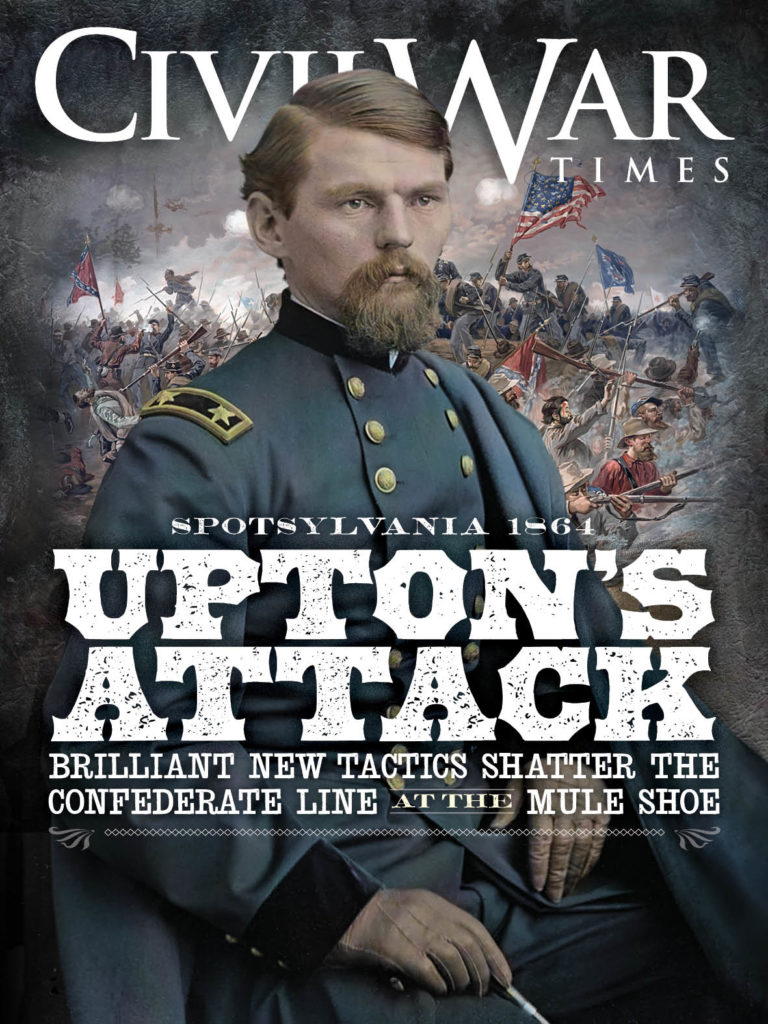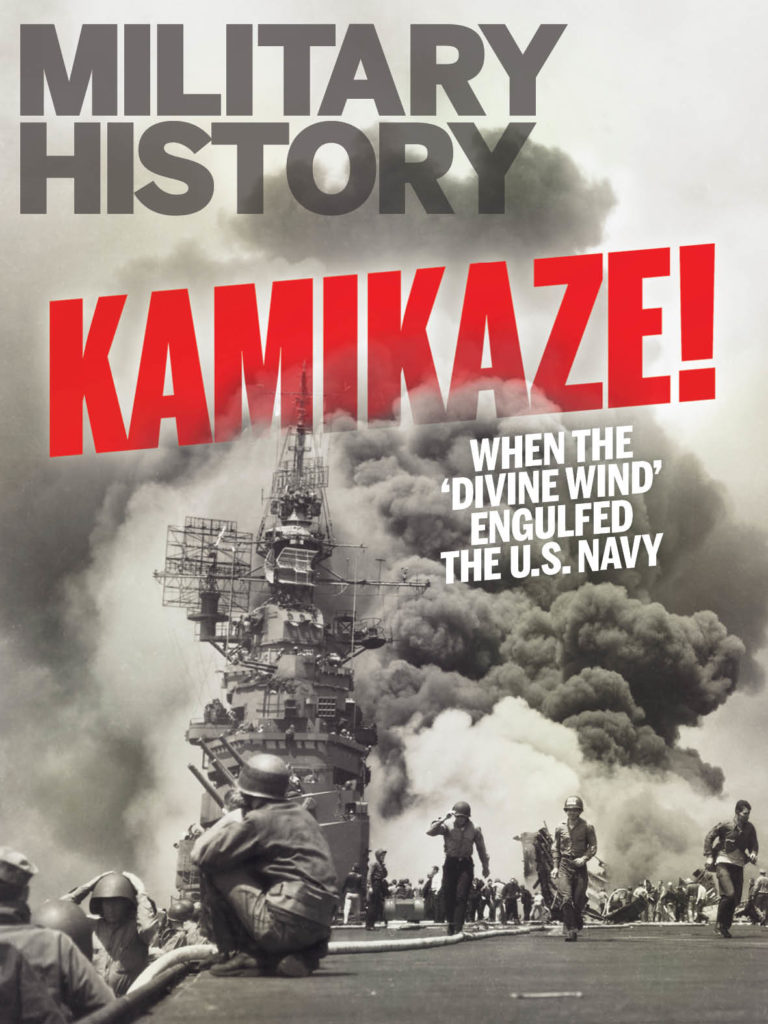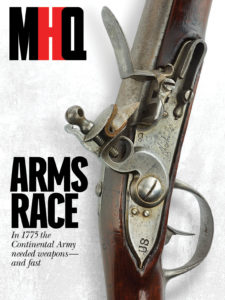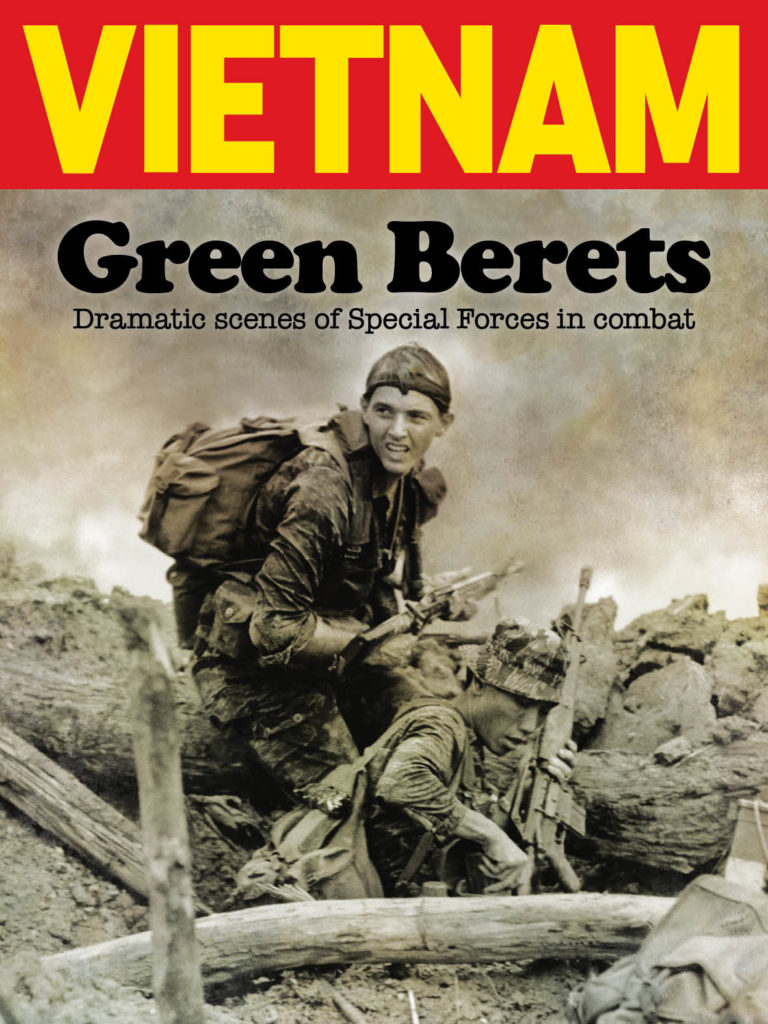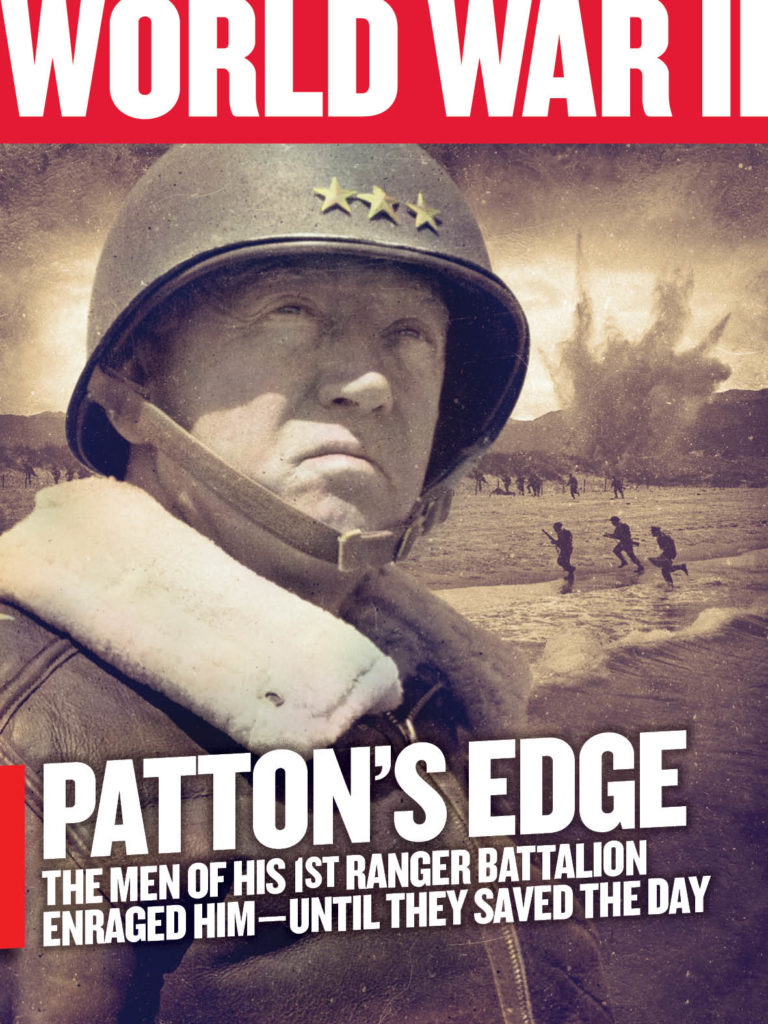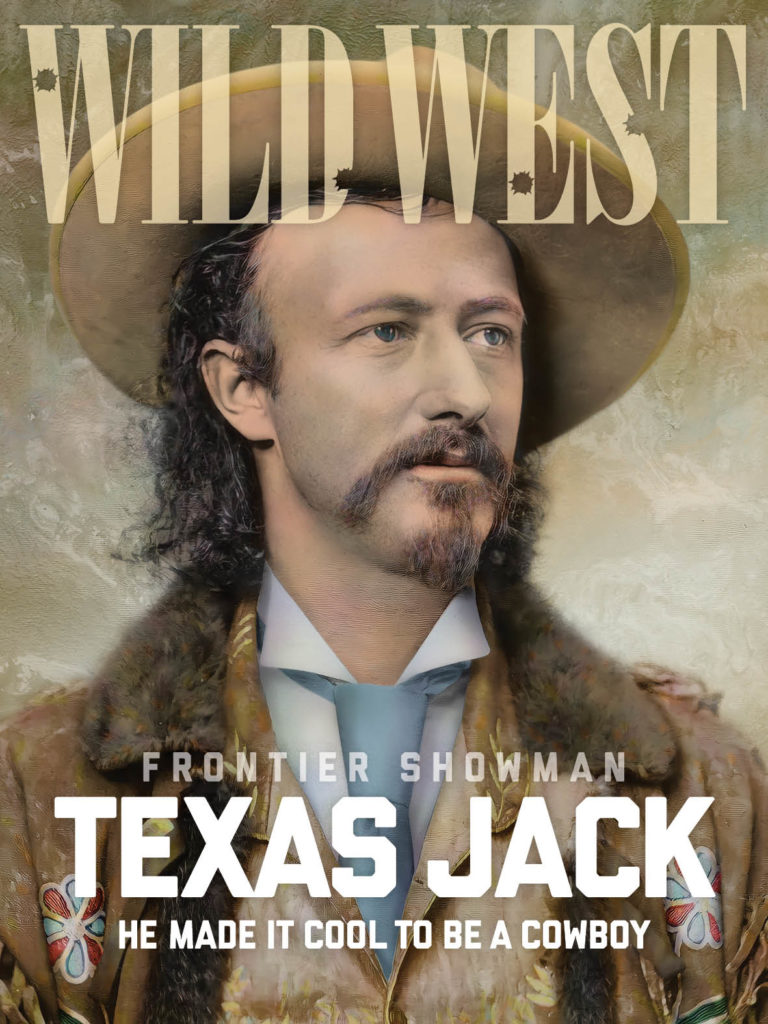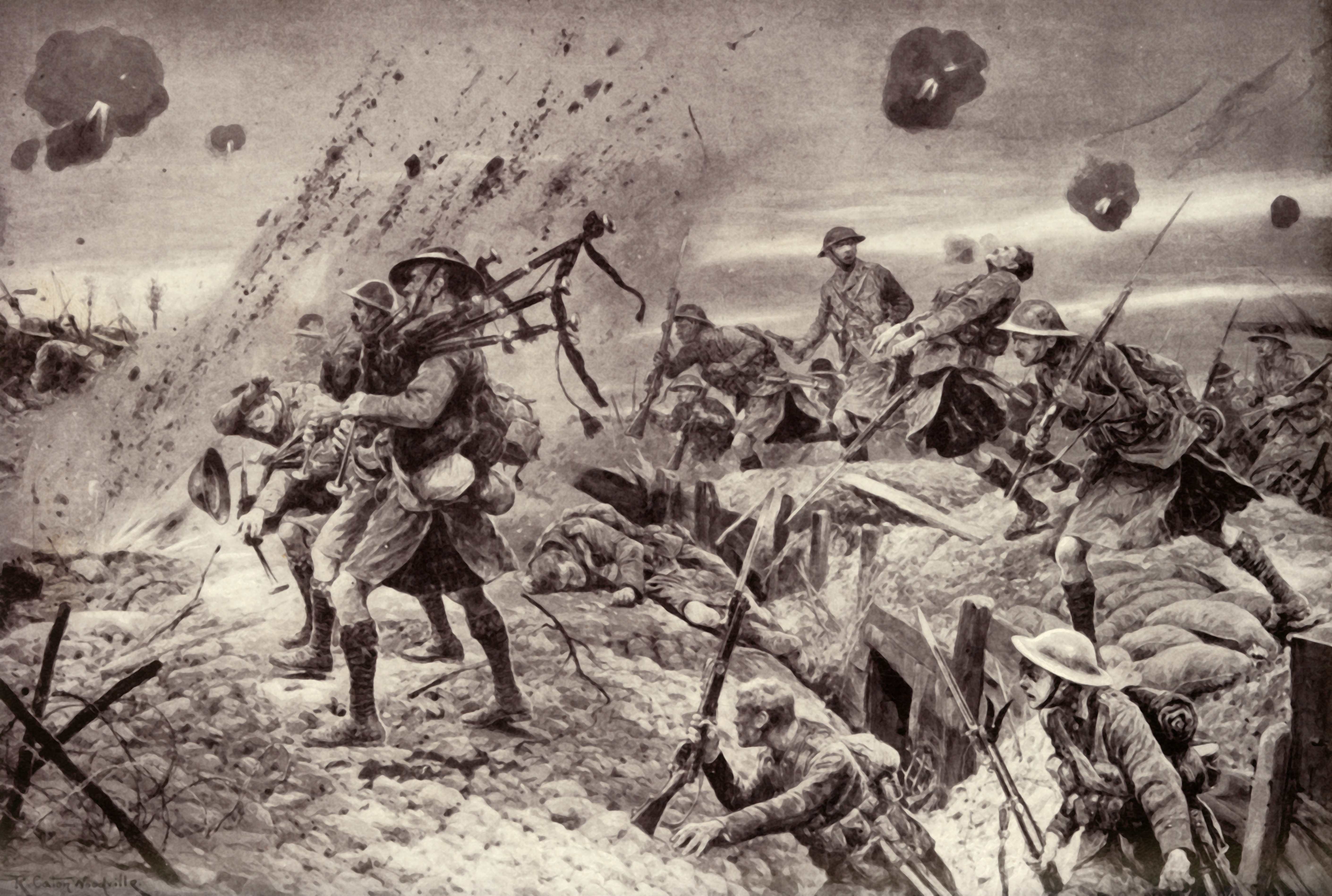Over the top and amid the carnage and confusion of No Man’s Land stepped Highland regimental bagpipers. Screaming out “the Charge” it was “the most awful music to be heard by men who have the Highlanders against them, and with fixed bayonets and hand-grenades they stormed the German trenches,” wrote Sir Philip Gibbs, one of the five official British reporters during World War I.
Originally used to signal tactical movements during battle, the unique keening of the bagpipe was, according to Dr. Yvonne McEwen, director of Scotland’s War 1914-1919 at the University of Edinburgh, “a way of driving the men on and intrinsically linked to Scottish identity. The pipers were there for morale and the Germans knew they would rally the troops.”
Nicknamed Die Damen aus der Hölle (Ladies from Hell) by German soldiers for their distinctive tartan kilts and unparalleled bravery, the pipers from the “Black Watch”—the 3rd Battalion, Royal Regiment of Scotland—garnered a fearsome reputation on the battlefields of World War I.
Standing in full view of German soldiers, oftentimes armed with only their bagpipes, pipers were the first “over the top”, acting as a clarion call for British troops to keep moving. The sound of the bagpipes would spread terror among the German troops—when one “Lady from Hell” fell, miraculously another piper would seemingly arise out of the trenches to take his place.
“You were scared, but you just had to do it, they were depending on you,” Harry Lunan, the last WWI bagpipe player, recalled to the Sunday Express in 1993. “In the first assault [at High Wood], I played the tune Cock o’ the North. I played my company over the bloody top, right into the German trenches. It was stupid as hell…Men falling all around me, falling dead…it was bloody horrible….[but] hearing the pipes gave the troops courage.”
The wailing of the pipers served to rouse the troops, but it came at a great cost. An easy target for the Germans, of the 2,500 pipers who served during the Great War, an estimated 500 were killed, while another 600 were wounded.
It was a staggering statistic that was not lost on Lunan. “There were no bright spots in the war,” he stated.
“There were very few that came back. I was lucky, I guess.”
historynet magazines
Our 9 best-selling history titles feature in-depth storytelling and iconic imagery to engage and inform on the people, the wars, and the events that shaped America and the world.
